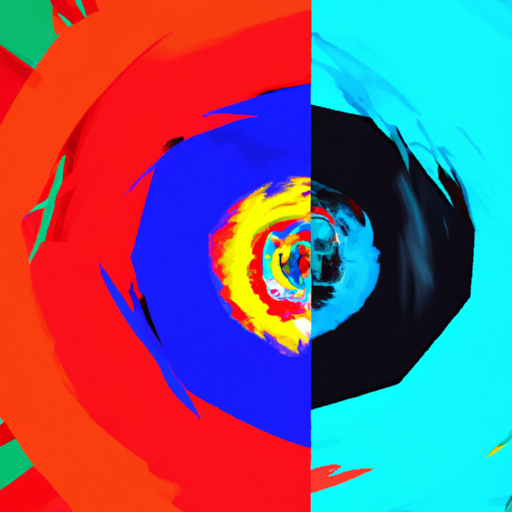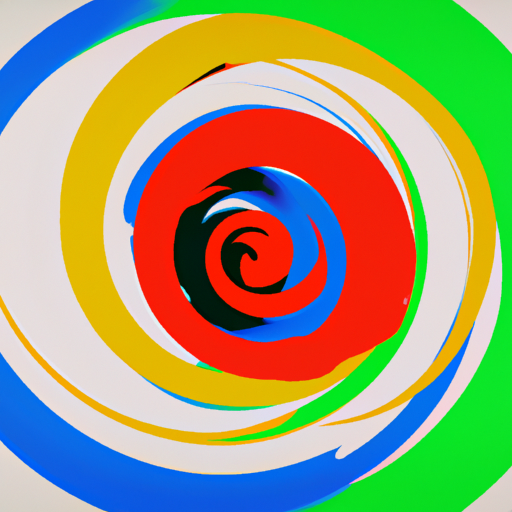
-
Table of Contents
Art and Science: The Convergence of Creativity and Discovery

Art and science are often seen as two distinct disciplines, with art associated with creativity and expression, and science associated with logic and discovery. However, in recent years, there has been a growing recognition of the convergence between these two seemingly disparate fields. This article explores the relationship between art and science, highlighting how they complement and inspire each other, and the valuable insights that can be gained from their intersection.
The Intersection of Art and Science
Art and science have long been intertwined, with many artists drawing inspiration from scientific concepts and discoveries. Leonardo da Vinci, for example, was not only a renowned artist but also a scientist and inventor. His famous painting, the Mona Lisa, is a testament to his ability to merge art and science, as he used his knowledge of anatomy and optics to create a lifelike and enigmatic portrait.
Similarly, in the field of photography, the use of light and composition draws heavily from scientific principles. Photographers often experiment with different lighting techniques and angles to capture the essence of their subjects, much like scientists experiment with variables to understand the world around them.
On the other hand, science has also been influenced by art. The field of biomimicry, for instance, looks to nature and its intricate designs for inspiration in solving complex engineering problems. The study of fractals, which are complex geometric patterns found in nature, has led to advancements in computer graphics and image compression algorithms.
The Role of Creativity in Science
Contrary to popular belief, science is not solely a rigid and formulaic process. Creativity plays a crucial role in scientific discovery, as scientists often need to think outside the box to develop innovative solutions to complex problems.
One example of the convergence of art and science is the field of data visualization. Scientists and researchers often use visual representations to communicate complex data and findings. These visualizations require creativity and artistic skills to effectively convey information in a visually appealing and understandable manner.
Furthermore, creativity is essential in the formulation of scientific hypotheses. Scientists must be able to imagine new possibilities and connections between seemingly unrelated phenomena. This ability to think creatively allows scientists to make breakthrough discoveries and push the boundaries of knowledge.
The Influence of Science on Art
Science has had a profound impact on the world of art, inspiring new techniques, materials, and perspectives. The invention of photography, for example, revolutionized the way artists approached their work. Painters no longer needed to focus solely on capturing realistic representations; they could now explore abstract concepts and emotions.
Similarly, advancements in technology have opened up new possibilities for artistic expression. Digital art, for instance, allows artists to create immersive and interactive experiences that were previously unimaginable. Artists can now use computer algorithms to generate intricate patterns and designs, blurring the line between art and science.
Case Studies: Art and Science Collaboration
There have been numerous successful collaborations between artists and scientists, resulting in groundbreaking projects that merge creativity and discovery. One notable example is the collaboration between artist Olafur Eliasson and geologist Minik Rosing. Together, they created an installation called “Ice Watch,” which consisted of melting blocks of ice from Greenland displayed in public spaces. The project aimed to raise awareness about climate change and its impact on the environment, combining art’s ability to evoke emotions with science’s data-driven approach.
Another example is the collaboration between artist Heather Dewey-Hagborg and scientist Dr. Genspace. They worked together to create “Stranger Visions,” a project that used DNA samples collected from public spaces to create 3D-printed portraits of anonymous individuals. This project explored the ethical implications of genetic surveillance and challenged societal norms surrounding privacy and identity.
The Benefits of Art-Science Collaboration
The convergence of art and science offers numerous benefits, both for the individuals involved and society as a whole. Some of these benefits include:
- Enhanced creativity: Collaboration between artists and scientists can lead to the development of innovative ideas and approaches that would not have been possible in isolation.
- Increased public engagement: Art can serve as a bridge between complex scientific concepts and the general public, making science more accessible and engaging.
- Interdisciplinary insights: The intersection of art and science allows for the exchange of knowledge and perspectives from different disciplines, leading to new insights and discoveries.
- Addressing societal challenges: Art-science collaborations can tackle pressing societal issues, such as climate change or healthcare, by combining scientific research with artistic expression.
Conclusion
The convergence of art and science represents a powerful and transformative force. By bridging the gap between creativity and discovery, art and science collaborations have the potential to push the boundaries of human knowledge and understanding. The examples and case studies discussed in this article demonstrate the immense value that can be derived from the intersection of these two disciplines. As we continue to explore the relationship between art and science, we open up new possibilities for innovation, communication, and societal impact.
